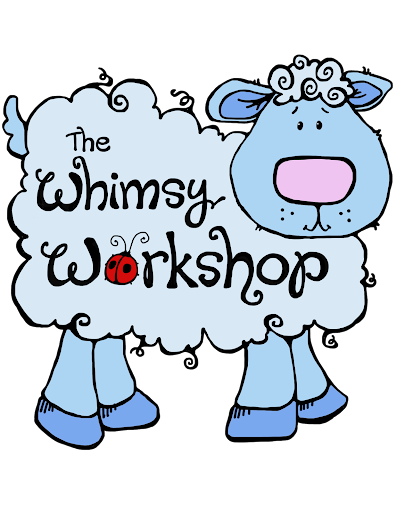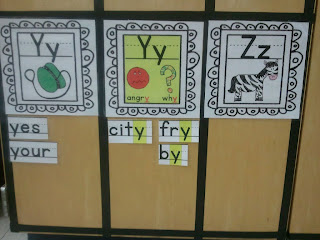A Tisket, A Tasket, Freebies for your Basket!
Several phenomenal teachers and bloggers are joining forces for an amazing bunny blog hop! As you follow us along the bunny trail, you will visit some of your
favorite blogs and discover a few new blogs too! Each with a fabulous
freebie just for you!
Thank you for hopping on over to my blog!
Recently, I completed a second post featuring my Classroom Makeover Series complete with my "All in One Word Wall" bundle (scroll down below). I gave my Word Wall a heavy duty makeover. For my Funny Bunny Freebie, I knew I had to create some "Use-Them-Anytime" activities to share with you all. They are perfect for grades kindergarten to grade three.
The first part has five sheets that can be copied and placed in a literacy center. The second part has six additional activities you can print out ahead of time and use them for Word Work in your literacy block. Check out this Scavenger Hunt.
Working on Alphabetical Order? This activity can be used over and over again.
These activities include rhyming, digraphs, writing sentences, vowel teams, using question words, and syllabication--OH MY!
So here they are...
Enjoy my "What Do I Do With My Word Wall?" Freebie by clicking HERE!
Recently, I completed a second post featuring my Classroom Makeover Series complete with my "All in One Word Wall" bundle (scroll down below). I gave my Word Wall a heavy duty makeover. For my Funny Bunny Freebie, I knew I had to create some "Use-Them-Anytime" activities to share with you all. They are perfect for grades kindergarten to grade three.
The first part has five sheets that can be copied and placed in a literacy center. The second part has six additional activities you can print out ahead of time and use them for Word Work in your literacy block. Check out this Scavenger Hunt.
Working on Alphabetical Order? This activity can be used over and over again.
These activities include rhyming, digraphs, writing sentences, vowel teams, using question words, and syllabication--OH MY!
So here they are...
Enjoy my "What Do I Do With My Word Wall?" Freebie by clicking HERE!
Thanks for stopping by and visiting! If you are new to my blog and liked what you see, don't forget to follow me. A Tisket, A Tasket, next up with a Freebie for your Basket is Susanna from Whimsy Workshop. Hop on over!
Just in case you didn't join us from the beginning, here is an ordered list of all the participating blogs.
Stephany from Primary Possibilities
Sally from Elementary Matters
Lory from Fun for First
Linda from Primary Inspiration
Nicole from Mrs. Rios Teaches Second Grade
Brian from Hopkins' Hoppin' Happenings
Liz from The Happy Teacher
Jennie from JD's Rockin' Readers
Sarah from Learning is for Superstars
Teresa from Fun in K/1
Nikki from Teaching in Progress
Faith from Kindergarten Faith
Renee from Fantastic First Grade Froggies
Amy from Happy Teacher Heaven
Leah from Learn with Leah
Nicole from Teaching's a Hoot
Kristy from The Phonic's Phenomenon
Rich from Mr. Giso's Room to Read
Susanna from Whimsy Workshop
Amy from Motivate to Learn
Lola from Preschool Wonders
Kimberli from Mixing the Next Batch
Stephany from Primary Possibilities
Sally from Elementary Matters
Lory from Fun for First
Linda from Primary Inspiration
Nicole from Mrs. Rios Teaches Second Grade
Brian from Hopkins' Hoppin' Happenings
Liz from The Happy Teacher
Jennie from JD's Rockin' Readers
Sarah from Learning is for Superstars
Teresa from Fun in K/1
Nikki from Teaching in Progress
Faith from Kindergarten Faith
Renee from Fantastic First Grade Froggies
Amy from Happy Teacher Heaven
Leah from Learn with Leah
Nicole from Teaching's a Hoot
Kristy from The Phonic's Phenomenon
Rich from Mr. Giso's Room to Read
Susanna from Whimsy Workshop
Amy from Motivate to Learn
Lola from Preschool Wonders
Kimberli from Mixing the Next Batch





































